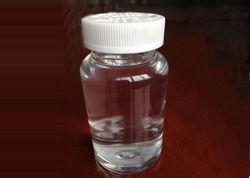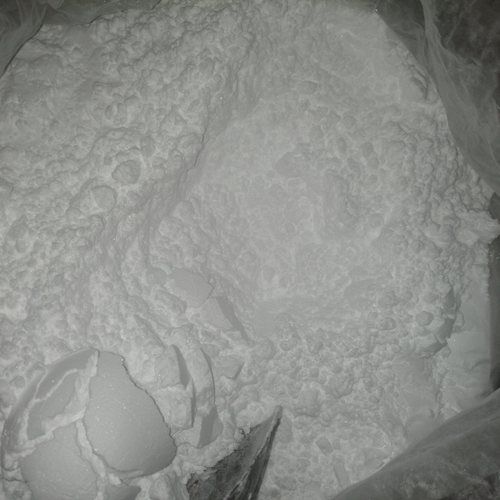Welcome to Our Company
Monoethylamine USP
Product Details:
- Appearance Monoethylamine is a colorless gas at room temperature and pressure. However, it is commonly encountered as a gas dissolved in water (ethylamine hydrochloride) or as a liquid.
- Grade Technical Grade
- Storage Room Temperature
- Physical Form Liquid
- Solubility Water Soluble
- Application Industrial
- Purity 98%
- Click to View more
X
Monoethylamine USP Price And Quantity
- 1 Kilograms
Monoethylamine USP Product Specifications
- Monoethylamine is a colorless gas at room temperature and pressure. However, it is commonly encountered as a gas dissolved in water (ethylamine hydrochloride) or as a liquid.
- Technical Grade
- Room Temperature
- Liquid
- Industrial
- Water Soluble
- 98%
- 45.08 Grams (g)
Product Description
As a chemical intermediate, Monoethylamine USP is used to produce cosmetics, plasticizing factor, emulsifier and pharmaceutical ingredient. This chemical id also used as a strong surface active agent. This chemical is reckoned for its standard chemical attributes. Its auto ignition temperature is 1436 degree F. Melting point of this chemical ranges between 10 degree C to 11 degree C. Standard of this chemical has been verified on the basis of its storage life, composition, possible toxin content and utility.
Monoethylamine, also known as ethylamine or ethanamine, is an organic compound with the chemical formula C2H7N. It is a member of the amine family and is composed of one ethyl group (C2H5) attached to an amino group (NH2). Here are some properties of monoethylamine:
Physical Properties:
- Molecular Weight: 45.08 g/mol
- Appearance: Monoethylamine is a colorless gas at room temperature and pressure. However, it is commonly encountered as a gas dissolved in water (ethylamine hydrochloride) or as a liquid.
- Odor: Monoethylamine has a pungent, fishy, and ammonia-like odor. It is the characteristic smell of decaying fish.
- Boiling Point: The boiling point of monoethylamine is approximately -13.3 degree centigrade, but this value can change depending on the pressure.
Chemical Properties:
- Basicity: Monoethylamine is a weak base and can act as a proton acceptor due to the presence of the lone pair of electrons on the nitrogen atom.
- Solubility: Monoethylamine is highly soluble in water, forming ethylamine hydrochloride when reacted with hydrochloric acid. The hydrochloride salt is a white crystalline solid.
- Reactivity: Monoethylamine can undergo various chemical reactions typical of amines. It can react with acids to form salts, undergo nucleophilic substitution reactions, and participate in condensation reactions to form amides or imines.
Uses:
Monoethylamine has several industrial applications, including:
- As an intermediate in the production of pharmaceuticals, agrochemicals, and dyes.
- In the synthesis of rubber chemicals and pesticides.
- As a catalyst or chemical building block in various organic reactions.
Tell us about your requirement

Price:
Quantity
Select Unit
- 50
- 100
- 200
- 250
- 500
- 1000+
Additional detail
Mobile number
Email









